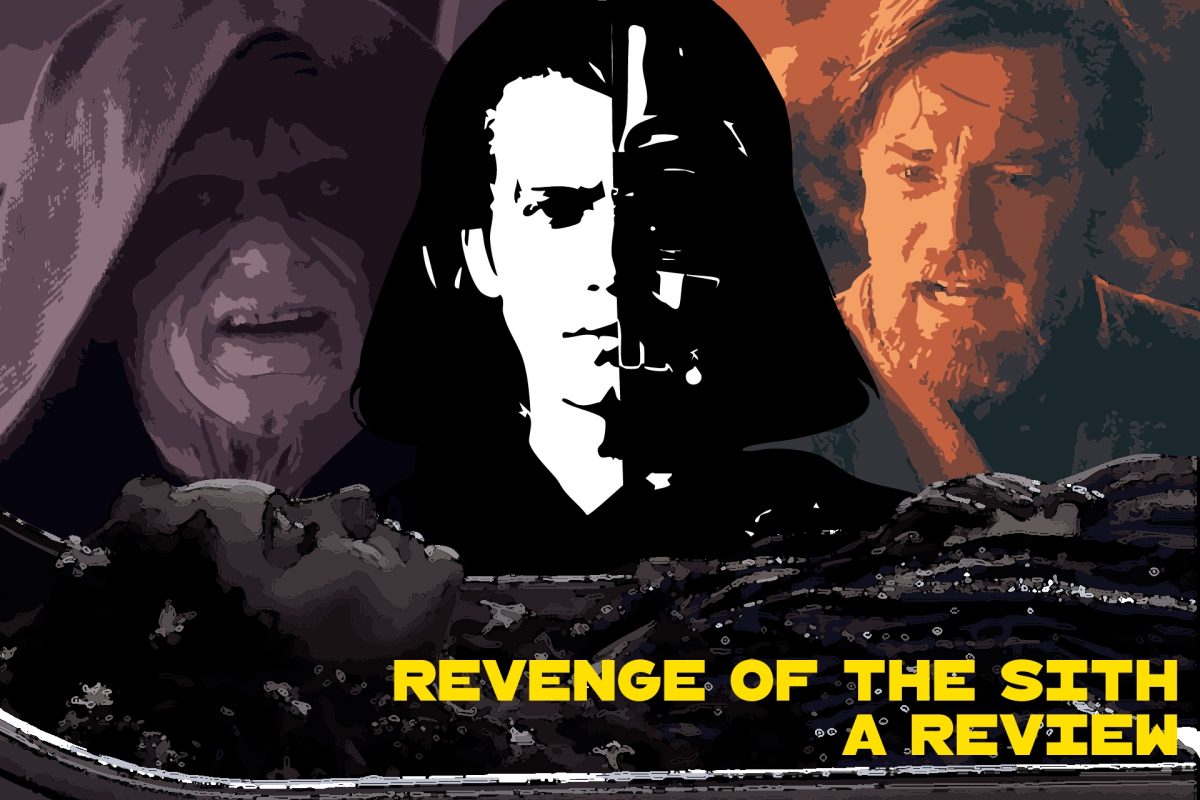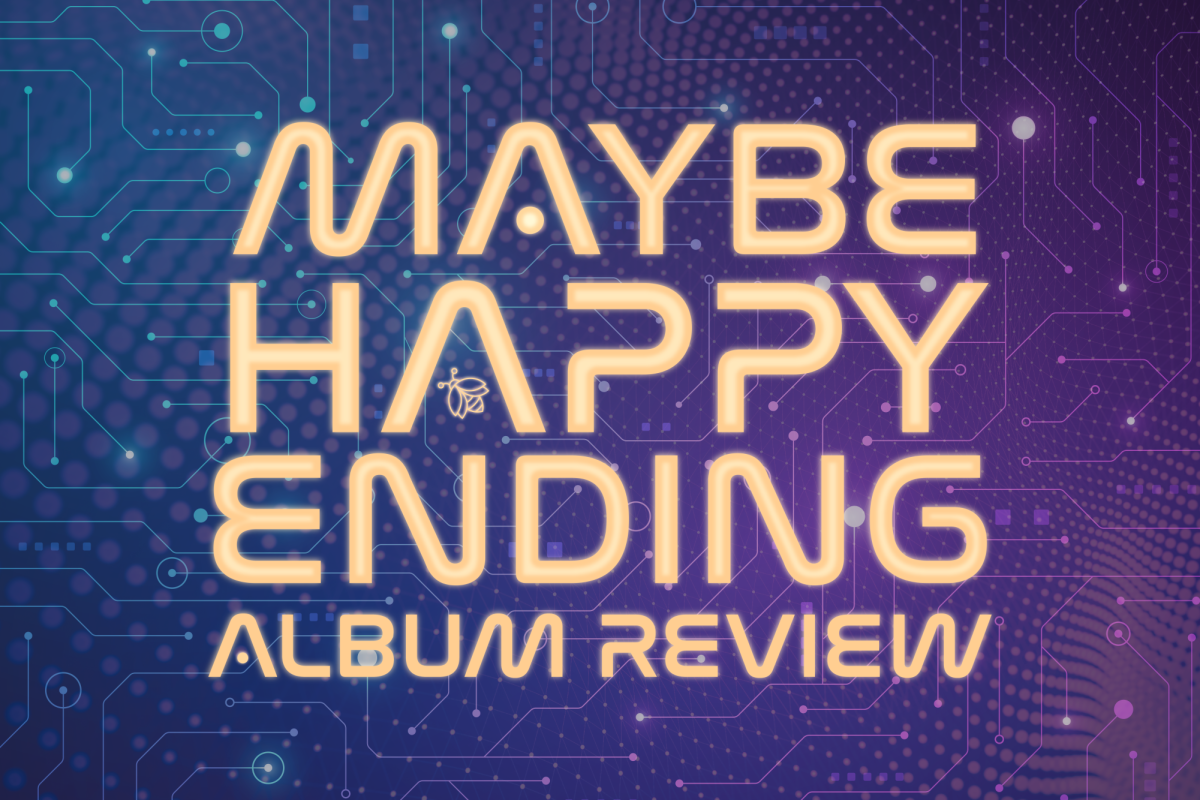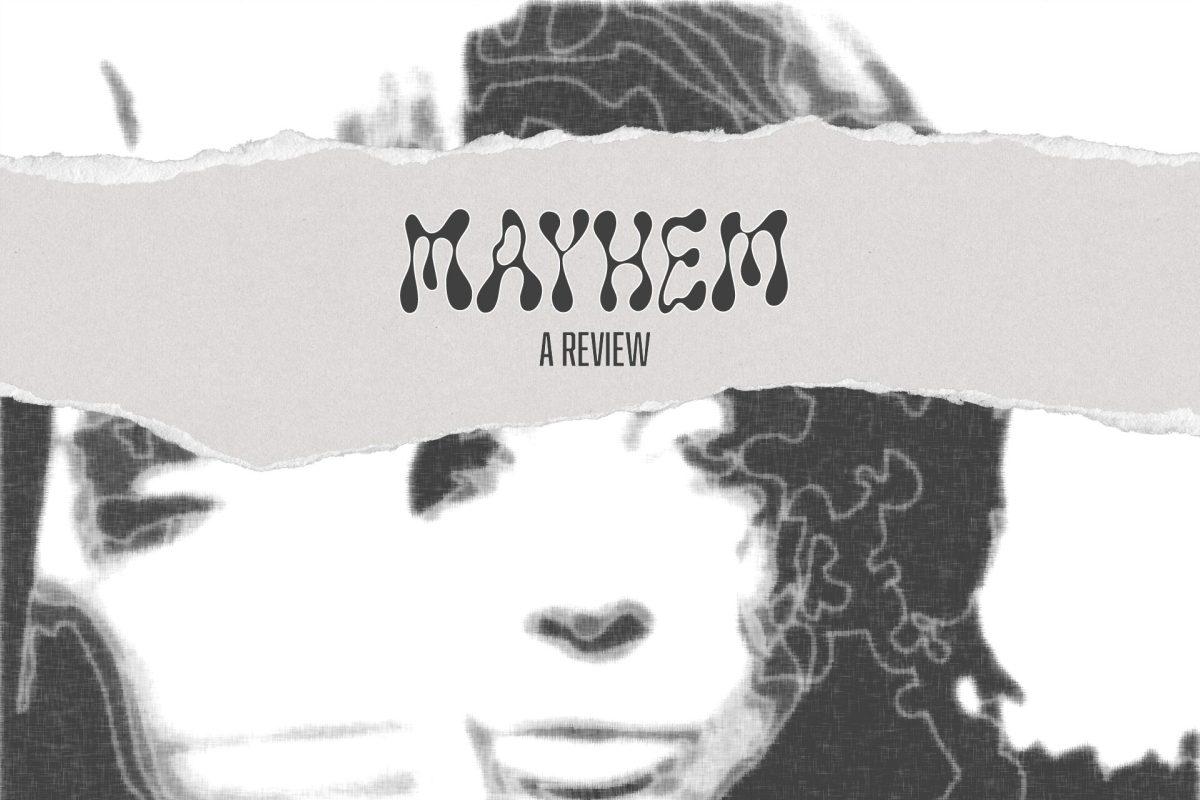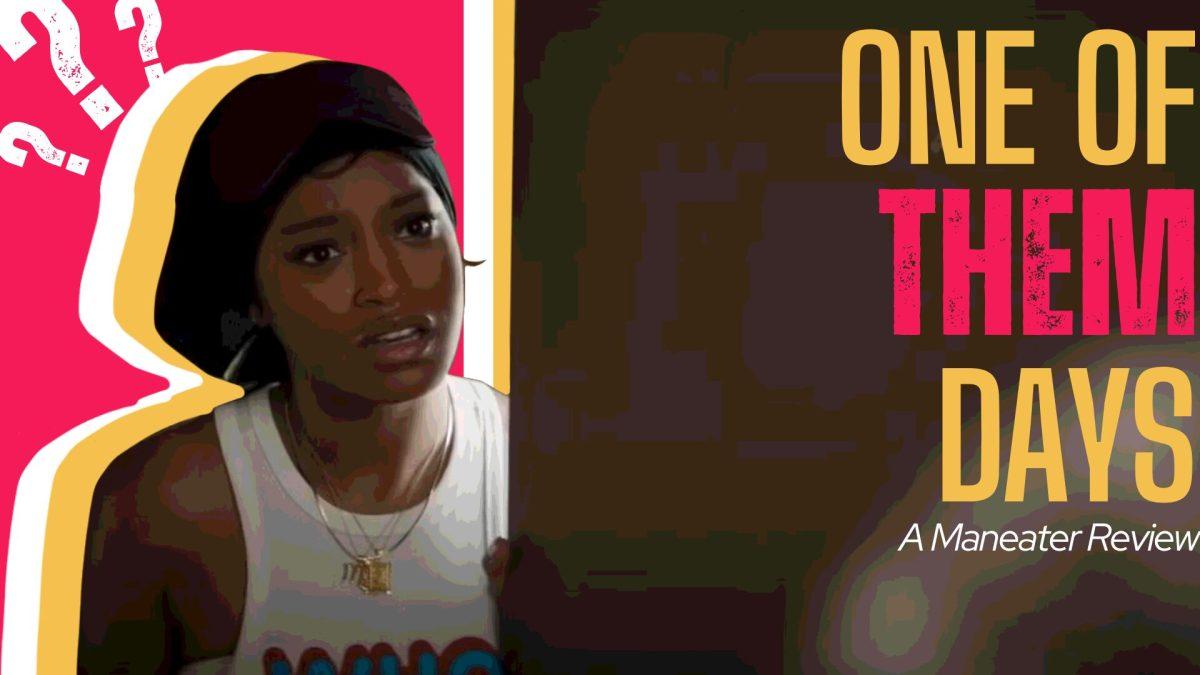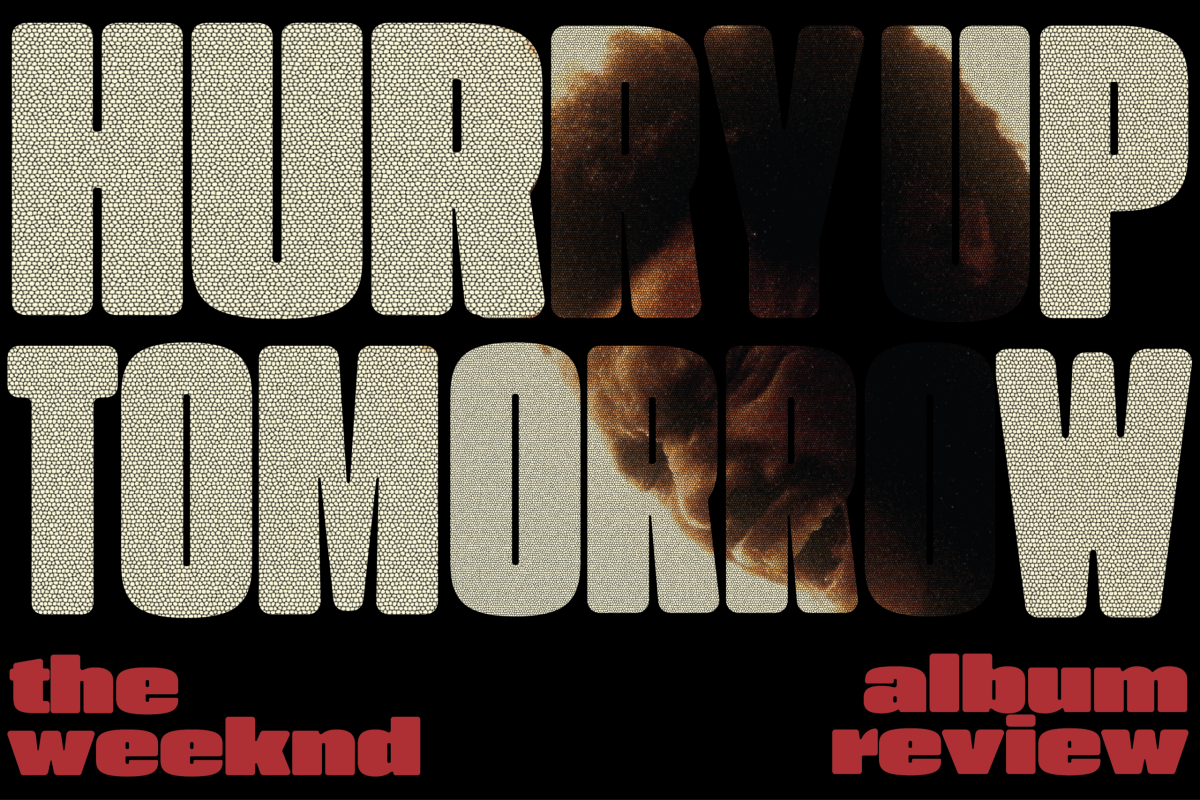The sci-fi-comedy-horror film hit Netflix on Oct. 4 after a release at Sundance Film Festival earlier this year
“It’s What’s Inside,” to be frank, was not a movie on my radar at any point throughout this year. I only became aware of it after coming across multiple advertisements on various social media sites within the past few weeks, and decided, on a boring night after work, to give it a shot. Not expecting much, I pressed play, hoping to at least get a story out of it.
What I got instead was a movie almost completely unique in all its aspects. Directed by Greg Jardin, the independent film was shot in only 18 days, and finally came to Netflix in early October after its Sundance Festival debut in January.
“It’s What’s Inside” follows a college friend group reuniting on the night before their friend’s wedding, when an unexpected guest arrives with an alarming sci-fi twist on the game of Werewolf.
The game is relatively simple: using a machine, invented and brought by Forbes, an unexpected guest, played by David W. Thompson, the characters switch consciousnesses between bodies. Everyone must then mingle and guess whose consciousness is in whose body, based on personality and tells.
This is exactly why the acting is so incredible. Every actor must develop an embodiment and an understanding of their characters, then must relearn each other’s interpretations of their characters, and portray those as well. This is impressive across the board, but James Morosini was probably the biggest standout. His initial character, Cyrus, is the most grounded and balanced of the cast, so when his consciousness is swapped out, his acting very notably makes a drastic turn. He’s able to impressively maintain mellowness and hit extremes.
The best part of the entire movie, though, is easily the editing. It’s nothing like I have ever seen, and probably something a lot of others haven’t seen either. In explanatory scenes, thoughts are shown in black-and-white stop motion-like diagrams, in which details are added or altered as new ideas come to fruition. It’s probably the most refreshing way of dynamically representing explanatory and flashback scenes that I’ve seen in recent film history.
The other fun editing trick is the use of red lighting: when a red light covers the screen, it means that the audience is seeing the souls within the bodies rather than the bodies of the people on the outside. It makes many high-stakes moments more intense and emotional; each scene done in this way makes it feel like a kind of secret sight that only the audience has access to. The film also favors other neon colors like greens and blues, much like the color palette of Halina Reijn’s “Bodies Bodies Bodies.”
If the film has a flaw, it’s the inherent confusing nature of its concept. The film is split into pieces, taking place in three sections — rounds one and two, and a coda at the end. The first round is pretty basic to ease the watchers into the premise. In this round, characters have simply swapped bodies evenly (Shelby in Brooke and Brooke in Shelby; Reuben in Cyrus and Cyrus in Reuben, etc.). The second round becomes convoluted: everyone is dispersed randomly, and, due to the drama occuring, most of the souls’ locations are never verbally confirmed. Their personalities, hypothetically, come off clean enough that the audience can pick up on who is who – eventually, we do. However, because of the sheer amount of characters, it’s hard to keep track, especially when the characters continue to call each other by their body’s names, and not the soul’s.
Objectively, there’s not an easy way to fix this. The cast and crew did their best by using pictures of the characters as name tags, but the beginning of the theatrics causes them to forget this solution. For the premise of the movie, this was the best the crew could do, and for the most part, the film pulled it off pretty effectively despite the audience using a bit more brain power. The movie, overall, is so all-encapsulating that you almost forget you have the option to turn it off.
Though Jardin and many of the actors being relatively unknown, if this film had better marketing, the cast and crew would have endless potential in their future. “It’s What’s Inside” is some of the most elegant understanding of film and character that I’ve seen within the past few years of cinema, and if it is any representation of the type of movies that Netflix is going to continue to purchase the rights to, then we have a bright future of films ahead of us.
Edited by Ava McCluer | amccluer@themaneater.com
Copy edited by Caroline Sweet and Hannah Taylor | htaylor@themaneater.com
Edited by Emily Skidmore | eskidmore@themaneater.com




